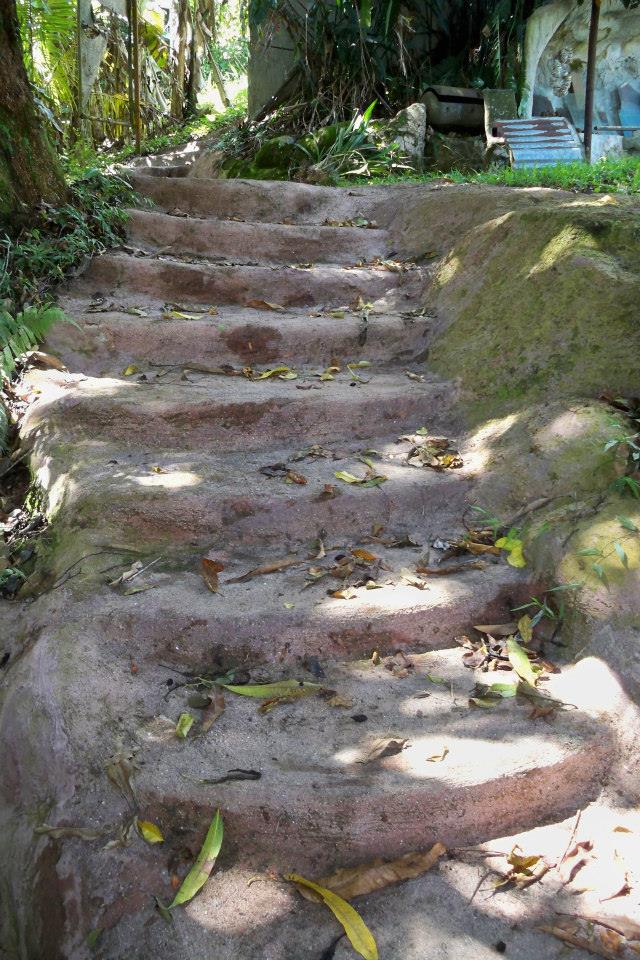

He adds, “This was compounded by the fact that initial production was on the islands of the West Indies, and so a major market was to sailors. “Rum didn’t have a long history of traditions and growth in the 18th century, like beer or wine-making, or brandy or whiskey.” “Rum was essentially made from industrial waste - the molasses was a byproduct of sugar making, and instead of throwing it away sugar makers found they could be make something sellable,” says Wayne Curtis, author of A Bottle of Rum: A History of the New World in Ten Cocktails. Rum’s image is also deeply rooted in history going back to the colonial era. This overwhelming dominance almost made rum a simple commodity with little value.” “These top-selling rums are simple, meant to be mixed and enjoyed with other dominate flavors, such as rum and Coke. “The perception of rum has largely been defined by a couple of large brands that have dominated the market for the past century,” says Robert Burr, founder of Rob’s Rum Guide and the Miami Rum Renaissance Festival. But, either way, law doesn’t require its disclosure to drinkers (those dang nonexistent rum standards again).Īnd it’s this kind of stuff that has helped hurt rum’s image. Usually, the amount is so small that it doesn’t make the rum taste different. What makes a good rum is the ingredients that you use, how you treat the raw material in the distillation process, and the quality and care you put into the blending and the bottle.”Īrtificial aging is when, rather than placing the distillate in a wooden barrel, companies put it in a stainless steel or plastic tank with wood chips or staves.Īdding artificial coloring is also common in the rum category, which is added to make the liquid appear darker (read: older) or maintain color consistency. “It’s how you take advantage of the freedom that you have. There’s a lot of rums that…only use artificial aging ,” Villanueva adds. “You can play with different types of oak, you can play with different blends to get the final product,” says Jassil Lucia Villanueva, master blender for Brugal Rum Company, which is based in the Dominican Republic.įor example, Brugal’s 1888 rum is warm and oaky, making it suitable for a rye substitute in a Manhattan, while the Brugal Especial Extra Dry is clear, herbaceous and clean, making it an excellent cocktail mixer.īut this freedom has also led to rum’s branding as mediocre swill. The lack of rum-making guidelines can be incredibly advantageous for the ambitious blender or distiller, because they have the creative freedom to make a range of diverse products without restraint, even within a single brand. must be distilled from the fermented juice of sugarcane, sugarcane syrup, sugarcane molasses or sugarcane byproducts to no more than 190 proof and bottled at no less than 80 proof, and “having the taste, aroma and characteristics generally attributed to rum.” Whatever that means. The United States Alcohol and Tobacco Tax & Trade Bureau says that rum sold in the U.S. Some origins like Puerto Rico, Jamaica, and the Dominican Republic impose standards and laws within their own countries, but that’s it. Rum does not have to be aged in a certain kind of barrel or distilled in a certain kind of still. Unlike other spirit categories like cognac or bourbon, rum is not governed by a set of internationally followed standards or regulations. Other spirits “don’t have the latitude, the spectrum of broad flavors from dry to incredibly sweet, light to remarkably heavy…the incredible array of ages, of styles, of types per country and on a global basis as rum,” Pacult explains. Rum is the most versatile spirit in the world, able to stand up against even the finest of cognacs and whiskeys.

It aims to help the spirits industry appreciate the nuances and varied characteristics of a liquor that, frankly, is too often associated with cheapness and drunkenness.īut au contraire, as I came to fully understand that day.

Paul Pacult and industry mogul Sean Ludford.
#Eximo puerto series#
The event was part of a national series called Rum for All, spearheaded by venerable spirits reviewer and Spirit Journal author F. Because with variations in exactly how much, rum’s all sweet and caramel-y, right? Wrong.

I’d come for a blind tasting in a room with some of Washington D.C.’s most educated and ambitious bartenders and beverage directors in the United States Bartender’s Guild, unsure of whether I was really going to discern any differences. Staring at the paper mat before me were 12 unlabeled rums in glasses, all slightly different colors.


 0 kommentar(er)
0 kommentar(er)
